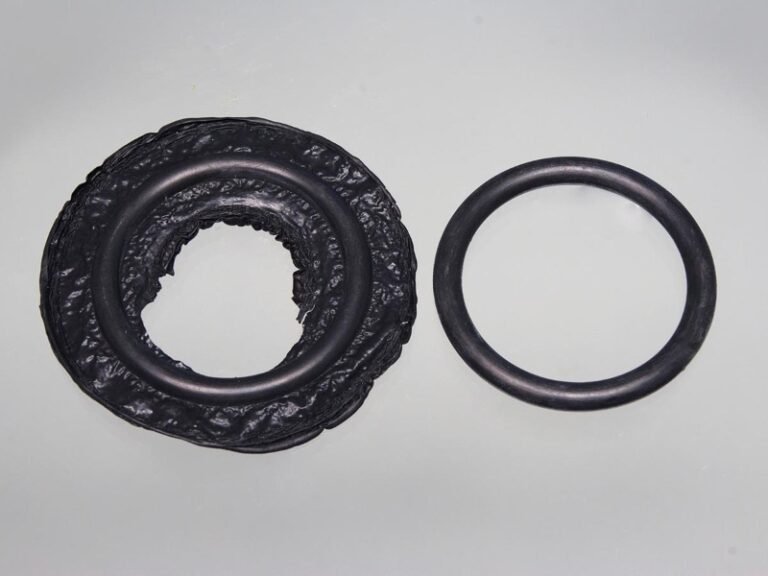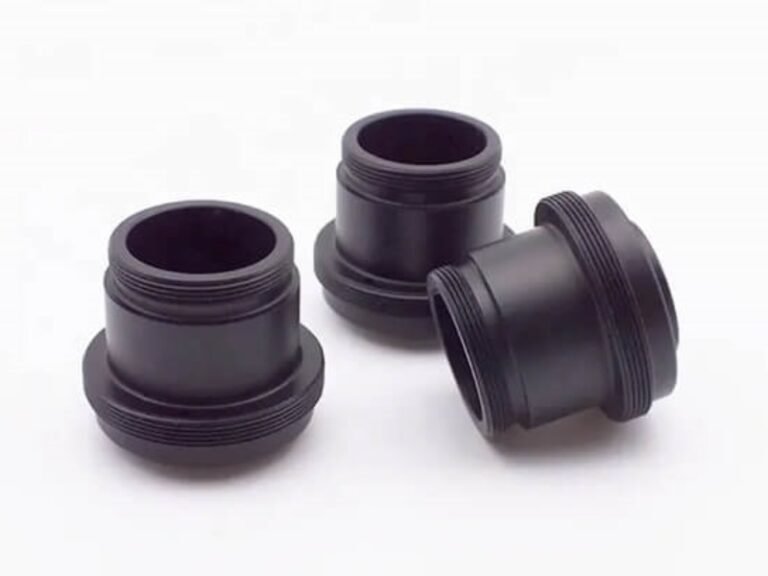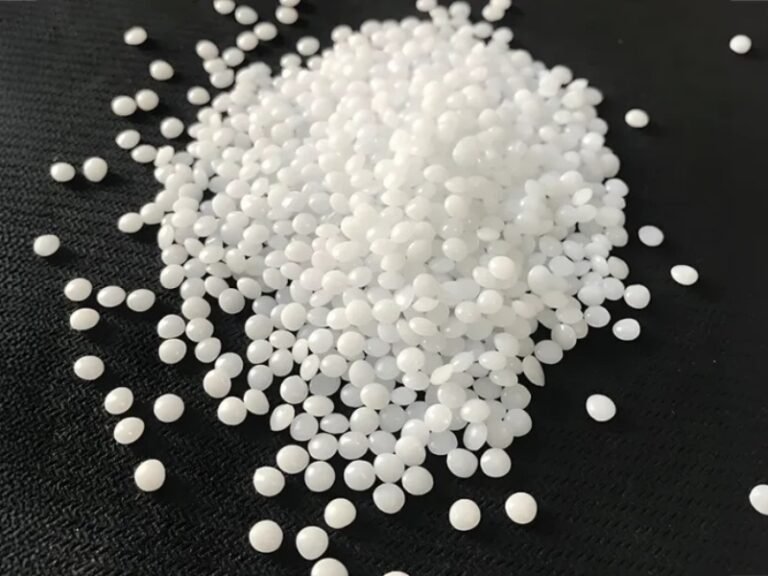PVC machining create high-quality components for diverse industries. This guide explores the CNC PVC machining details, advantages and common questions.
What is PVC?

PVC, or Polyvinyl Chloride, is a thermoplastic polymer ranking among the most widely produced plastics globally. Its molecular structure, featuring chlorine, carbon, and hydrogen atoms, imparts unique properties like chemical resistance, durability, and fire retardancy. PVC has two main types, rigid PVC and flexible PVC. The rigid PVC is hard and strong. The flexible PVC contains plasticizers making it soft and bendable.
Advantages of Using PVC in CNC Machining
Using CNC technology to machine PVC offers several benefits in manufacturing precise machined plastic parts.
- Cost-Effectiveness: PVC is an economical material compared to other plastics, allowing economical production especially in large volumes.
- Durability: With high tensile strength and impact resistance, PVC components withstand wear and tear, ensuring longevity.
- Chemical Resistance: PVC withstands many acids, bases, and salts, making parts durable in harsh environments.
- Electrical Insulation: Its superior dielectric properties make PVC a go-to for electrical components.
- Fire Resistance: Rated UL94 V0, PVC is self-extinguishing, enhancing safety in applications like electronics and construction.
- Machinability: PVC excels in CNC milling, turning, and drilling. Rigid PVC’s ease of cutting allows for precise, intricate designs, while flexible PVC accommodates complex shapes.
- UV Resistance: PVC endures outdoor exposure, making it suitable for signage, cladding, and exterior fittings.
- Lightweight: Easy to handle and reduces transportation costs.
- Smooth Surface Finish: Post-machined parts typically require minimal finishing.
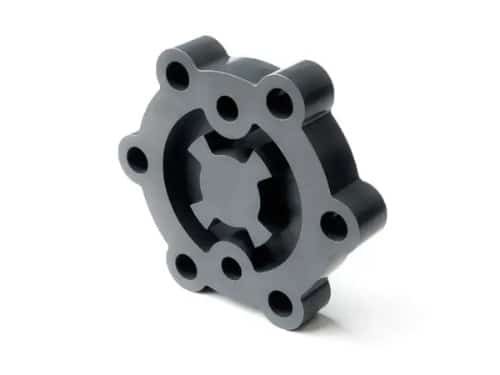
PVC CNC Machining Service
Steps in CNC PVC Machining
PVC CNC machining follows a meticulous process to ensure accuracy and quality.
- Design and Programming: Design the part using CAD software, then generate CNC toolpaths via CAM software.
- Material Selection: The appropriate PVC type is chosen based on the component’s function.
- Machine Setup: Install appropriate cutting tools and clamp the PVC workpiece on the CNC machine bed.
- Machining: The CNC machine executes processes like milling, turning, or drilling.
- Post-Processing: Parts undergo deburring, polishing, or surface treatments to achieve a smooth finish.
CNC PVC Machining Processes
CNC PVC machining employs a range of techniques, each suited to specific design requirements.
PVC CNC Milling
A rotating tool removes material from the PVC workpiece, creating complex geometries like slots, grooves, and flat surfaces. Ideal for panels, housings, and prototypes.

PVC CNC Turning

The PVC workpiece rotates against a stationary cutting tool, producing cylindrical parts like fittings, bushings, and valves with high precision.
PVC CNC Drilling
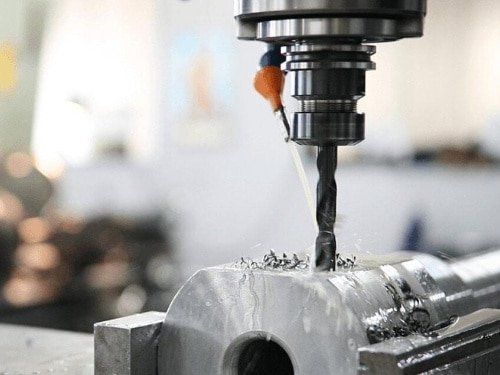
Precise holes are drilled for fasteners, fluid channels, or assembly purposes, common in piping systems and electrical components.
PVC CNC Cutting

Includes cutting sheets or rods to size, often with routers or plasma cutters, tailored to specific dimensions.
PVC CNC Engraving

Detailed designs, text, or logos are etched onto PVC surfaces, enhancing functionality or aesthetics in applications like branding or instrumentation.
Common PVC Plastics for CNC Machining
Selecting the right PVC variant is critical for successful CNC PVC machining. Each type of PVC offers unique properties. The table below compares the most common PVC materials.
| PVC Type | Description | Key Properties |
|---|---|---|
| PVC (Plasticized) | Flexible due to plasticizers, less rigid than uPVC. | High impact strength, good chemical resistance, lower temperature resistance. |
| uPVC (Unplasticized) | Rigid, no added plasticizers, highly durable. | Tensile strength up to 52 MPa at 20°C, excellent chemical resistance, up to 60°C. |
| PVC-C (Chlorinated) | Higher chlorine content for enhanced temperature resistance. | Similar to uPVC, with ultimate tensile stress of 15 MPa at 80°C, up to 95°C. |
| PVC-M (Modified) | Rigid with enhanced impact resistance, modified for toughness. | High impact resistance, reduced elastic modulus and tensile strength vs. uPVC. |
| PVC-O (Oriented) | Molecularly oriented for superior strength. | Tensile strength of 90 MPa, elastic modulus of 4000 MPa, high durability. |
Expert Tips for Effective PVC Machining
Machining PVC requires careful consideration to overcome challenges like thermal sensitivity and chlorine gas release. Here are expert tips for optimizing CNC PVC processes:
- Use Sharp Tools: Use sharp, carbide tools with appropriate geometry and coatings to reduce wear and smooth surfaces.
- Control Heat: PVC’s low melting point demands low to medium cutting speeds. Apply compressed air or water-based coolants to dissipate heat and avoid material deformation.
- Ensure Ventilation: Machining PVC may release chlorine gas, posing health risks. Install robust ventilation systems and use protective equipment.
- Cutting Parameters: Maintain moderate spindle speeds and slow feed rates to prevent overheating or melting of PVC.
- Minimize Clamping Forces: Use soft jaws or lined clamps to securely hold PVC without marring or crushing it.
- Chip Removal: Use dust extraction systems to remove chips and debris, maintaining tool performance and part quality.
- Anneal Parts: Stress-relieve machined components to prevent cracking or warping, ensuring long-term durability.
Applications of PVC Machined Parts
The versatility of CNC PVC machining enables the production of precision components across a wide range of industries. The table below outlines key applications, highlighting the distinct uses of rigid and flexible PVC in machining PVC processes:
| Industry | Rigid PVC Applications | Flexible PVC Applications |
|---|---|---|
| Construction | Pipes (PVC-U), window frames, door panels | Window seals, hoses |
| Transportation / Automotive | Automotive interior parts, panels | — |
| Medical | — | IV tubes, catheters, gloves |
| Home Appliances | Appliance housings, panels | — |
| Electrical | — | Wire and cable insulation, tubing |
Custom Machining PVC Parts with Zhongde
Zhongde is a professional in custom CNC service, offering tailored solutions for clients seeking precision and reliability. Ready to bring your project to life? Contact Zhongren for a free consultation and experience the precision and efficiency of our custom CNC PVC machining services.
FAQs About PVC Machining
Yes, we provide surface finishing including deburring, edge trimming, polishing, and other surface refinement treatments to ensure quality and precision.

